Home \ Knowledge Hub \ Focus on \ Focus On… Rabies in Malawi – A Helping Hand with Mission Rabies


01 Jul 2016
Focus On… Rabies in Malawi – A Helping Hand with Mission Rabies
SHARE

MARTA NOWAK
Marketing Lead, International Veterinary Health
If you want to see how your work can make a difference, then the best way might just be to give a helping hand in the field. The ultimate chance for Marta Nowak was going to Malawi to assist the city-wide canine vaccination campaign in Blantyre organized by Mission Rabies. Two weeks out, on a project working as part of a vaccination team, turned out to be the most valuable experience. The programme was a huge success, resulting in more than 36,000 dogs vaccinated. It really was about the lives saved and the lessons learned.
Background: rabies in Malawi
Malawi, ranked as one the 5 poorest countries in the world, has a population of 16 million people and 600,000 dogs, and has around 484 human rabies deaths each year. It is hard to believe that today a disease can still have a death rate that is just overwhelming: almost 60,000 deaths worldwide each year. Dogs, the main reservoir of the disease, are owned by 60% of homes in Malawi, making the risk of rabies a real threat for everyone.

The vaccination campaign is organized by a group of vets from the UK, working as Mission Rabies. They started in Blantyre, a city that has one of the highest rabies incidences in the country. The desire to change this is the driving force behind this massive undertaking, and it is managed by people who have one aim: to eliminate rabies. The plan is to vaccinate at least 70% of the dog population to stop the disease from spreading and make the rabies tragedy a story of the past. I joined them this year and took part in the latest vaccination drive with vaccine donated by MSD Animal Health. This is my account of the adventure.
Working from Dusk to Dawn
Upon arrival, we’re starting with an evening briefing: a summary on what has been achieved so far, work instructions and risks. We learned more about rabies, which is caused by a virus that is so cunning it remains unnoticeable until the moment it will inevitably kill. The people in this room, volunteers from all over the world, are here because they are willing to fight it. For the next two weeks we will be getting up at 4 a.m. and working until dark to get the job done.
Getting Ready
Starting at 5.00 a.m., we’re getting breakfast, filling our bottles with water, grabbing our stuff for the day, and heading to the minibus that will bring us to the premises of a partner charity. This will be our base where we start and finish each day. When we are packing for work every morning, there are thousands of folders and cartons full of equipment around us, all stuffed in a small room that is as crowded as a beehive. In the corner of the room a double-door pharmacy refrigerator is filled with a stack of boxes containing the rabies vaccine. Before we head out to work we make sure we have enough equipment: cool boxes, ice packs and vaccine vials, sharps and syringes, red markers, gloves, vaccination cards, pens, and wristbands. Our weekly schedule will consist of two days of static vaccination at schools, followed by three days of door-to-door work. Simultaneously, the education teams will give lessons at schools to raise rabies awareness among children.
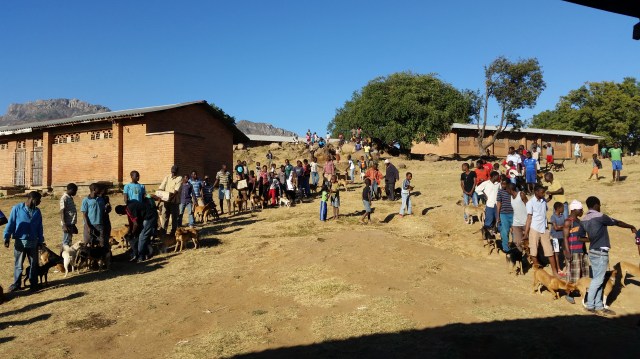
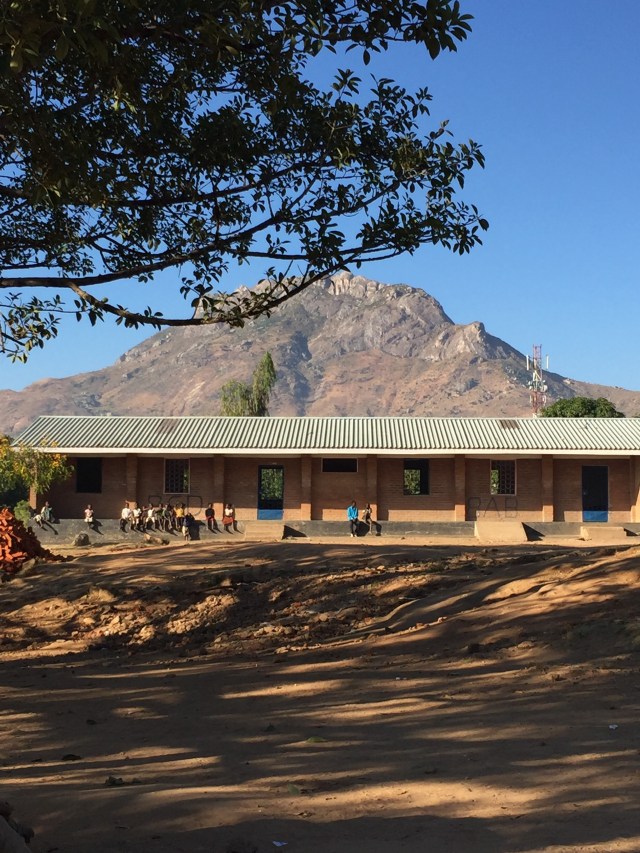
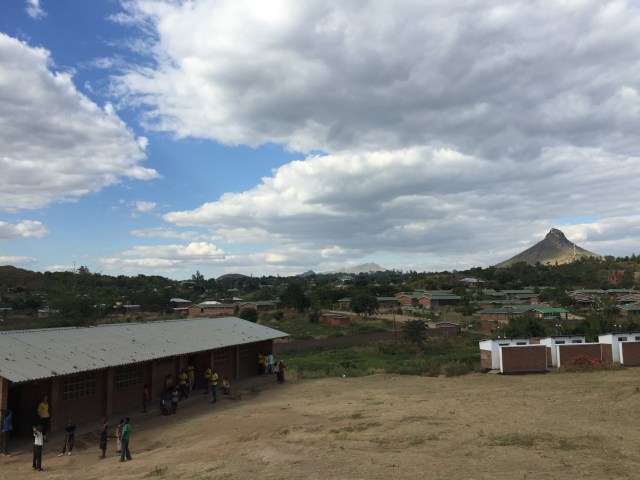
Vaccination Clinics
The static vaccination points are set up in schools in high-density areas that can be easily reached by an average family (the walking distance is less than 2 kilometers). People show up in massive numbers, lining up from the early morning. The majority of dogs are brought by small children, in what is for me the most striking picture: bare footed, wearing torn clothes and holding dogs often as big as themselves. On their faces a genuine interest and trust in our help. They follow our instructions quietly and move in a circle around the dark class room, passing the vaccinator and waiting for the vaccination card and a Mission Rabies wristband. The vivid orange wristband is a brilliant idea: for most children it is the ultimate incentive that will make them show up with their pets, and those of their neighbors.
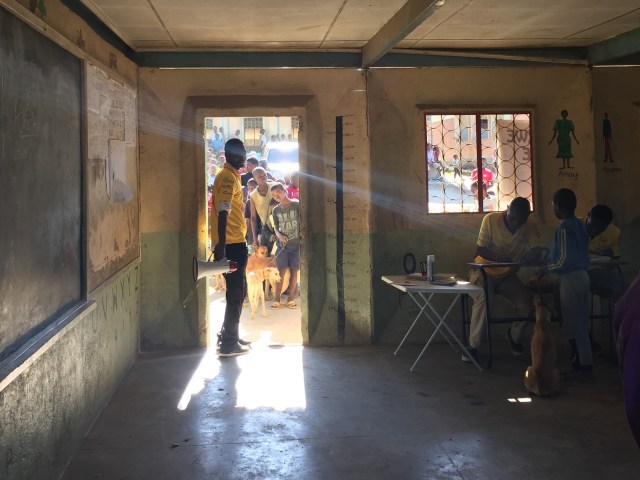
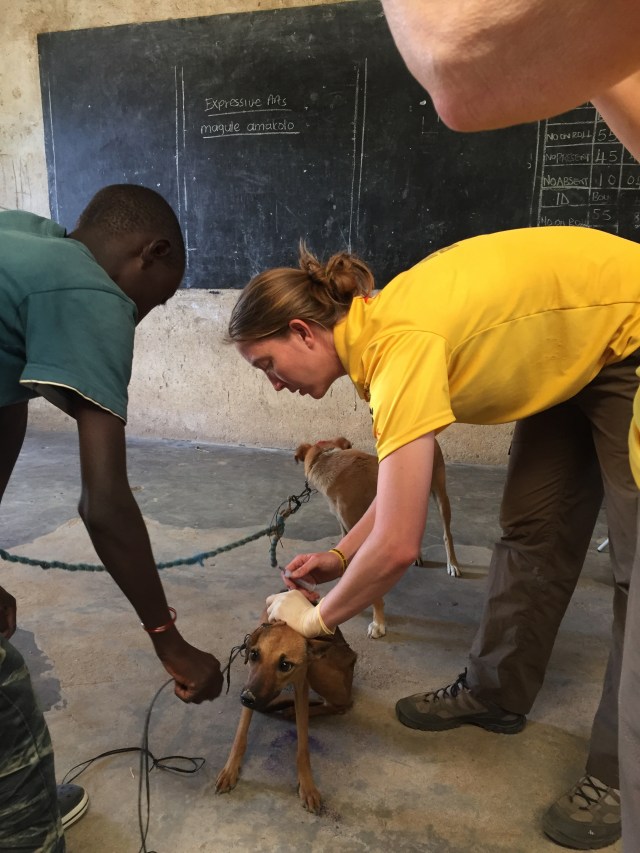
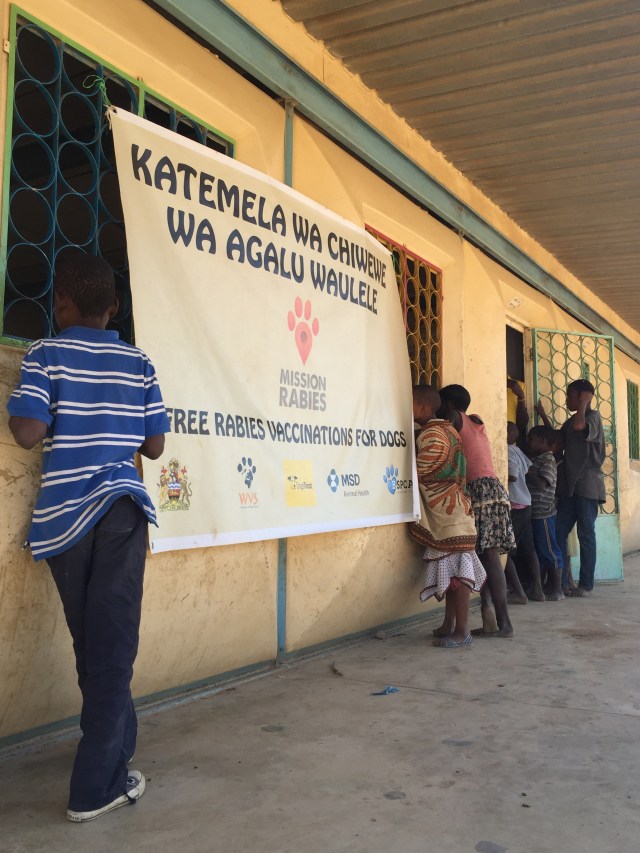
The 1-minute Round
The work is designed to complete each vaccination in just one minute: check for injuries, vaccinate, mark, record data and release. Working with a Malawian teammate I collect data and enter them into the Mission Rabies App: age, sex, health condition… learning quickly to ask these basic questions in the local language, Chichewa. Between the vaccinations there is just enough time for drawing up the vaccine for the next round of animals. The work goes smoothly and the queue moves forward quickly. Even on a rainy day the turnout is amazing, and my team manages to vaccinate over 560 dogs.
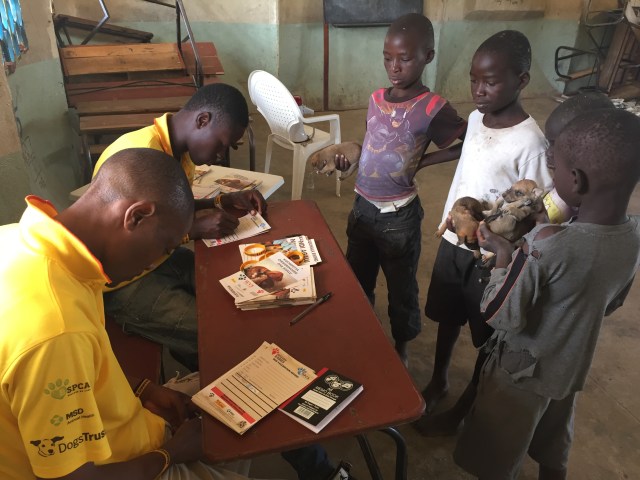
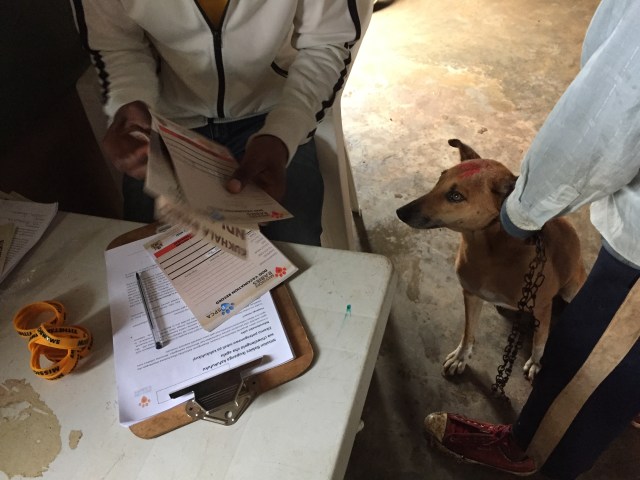
Door-to-door Vaccination
The mobile vaccination days are much more intensive. Each team is assigned an area that needs to be covered. The areas are organized around the vaccination clinics, and spread out to less densely populated districts. We split into 3 small teams and knock on every door, calling ‘Odi!’ [Hello], looking for dogs and vaccinating. I’m switching between tasks: navigating through a warren of paths, data recording, holding the red marker at hand to use at any moment. The GPS location of each dog is recorded and the Mission Rabies Path Tracker draws the lines that we walked.
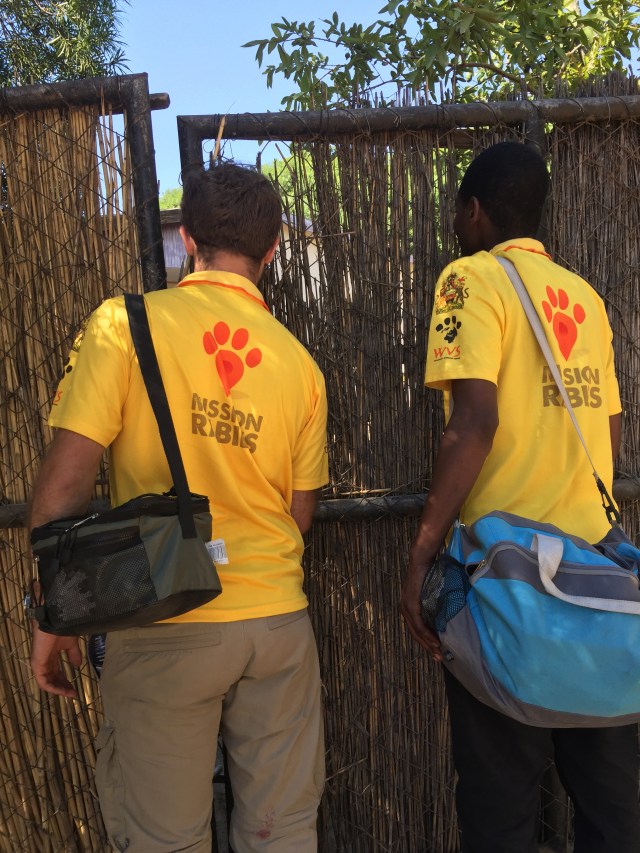
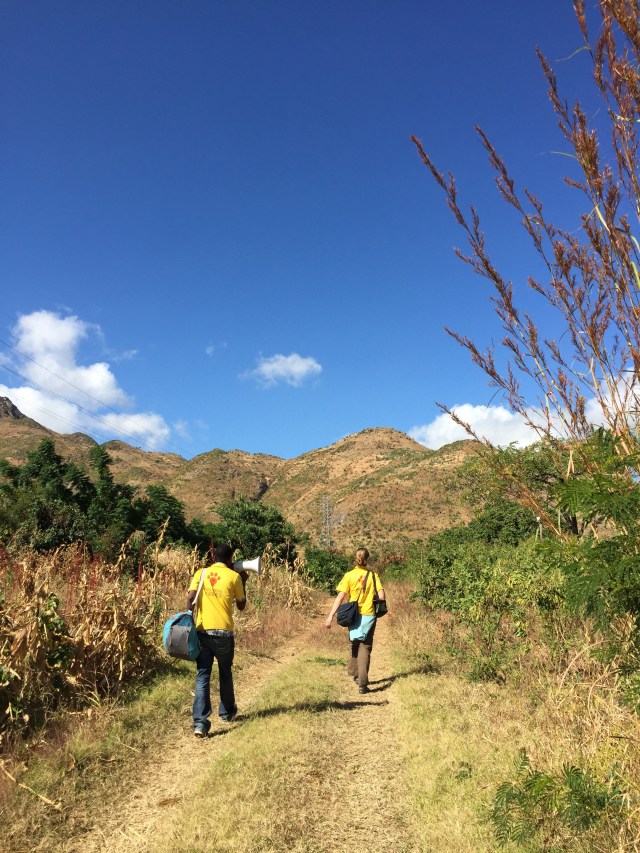
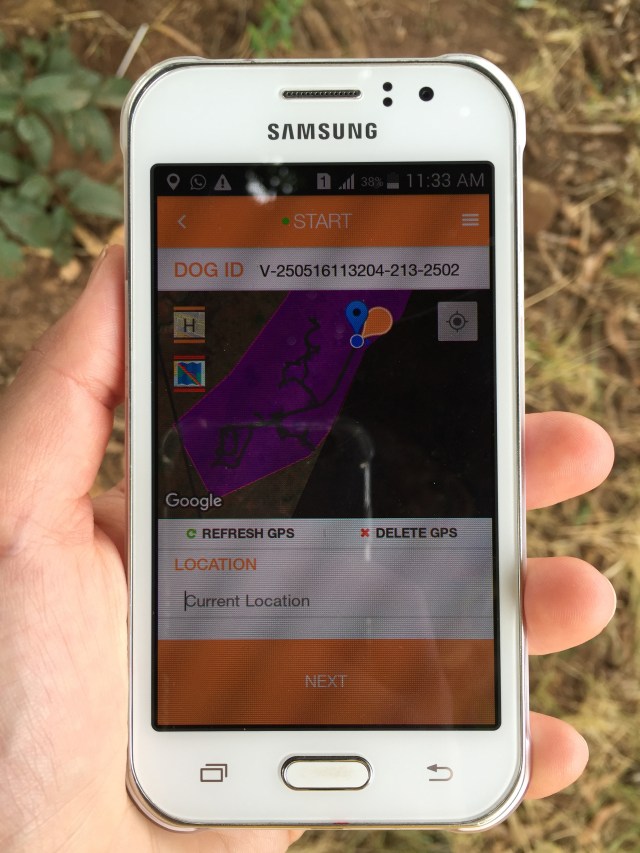
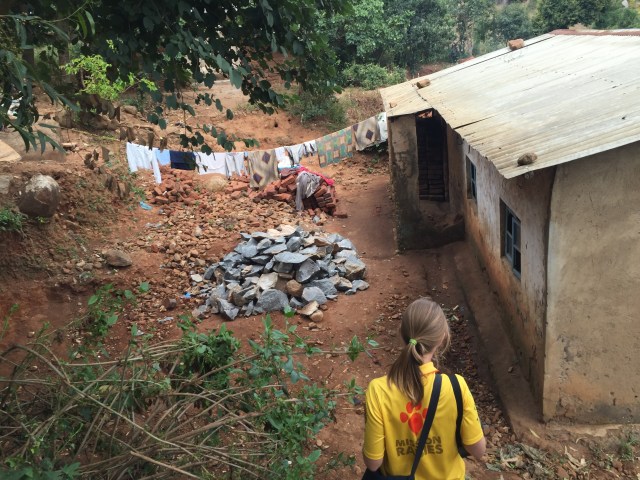
The Need
The staggering number of people showing up at the clinics speaks for itself. It is absolutely clear that there is a direct need for preventive treatment, as there is no aid for bite victims who need to walk many kilometers to get to a hospital, where post exposure prophylaxis is in most cases not available. People that we find at homes appear to have missed the static vaccination due to work or not being able to bring their animals. The fear of rabies is strong, and the majority of owners do not know how to handle their pets. Recognizing the need for a change, Mission Rabies engages Louis Masai, a London street artist, to paint beautiful wall murals on school buildings, a fantastic way to promote a positive image of dogs in the community.
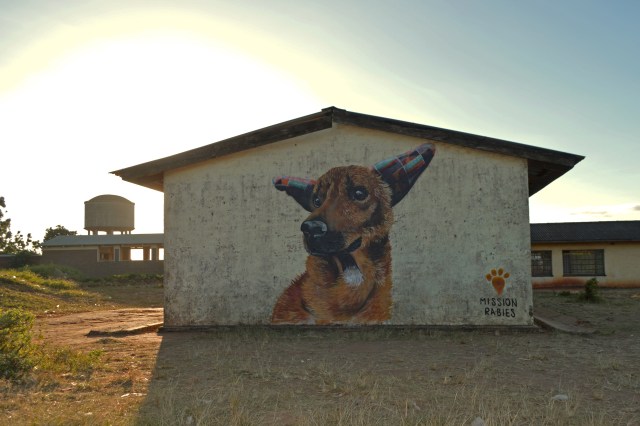
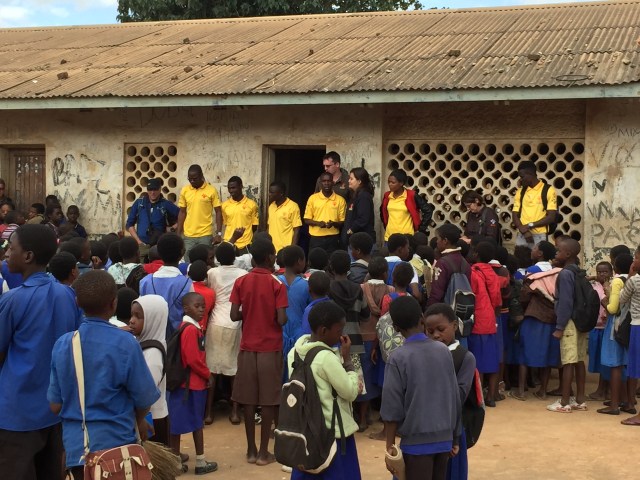
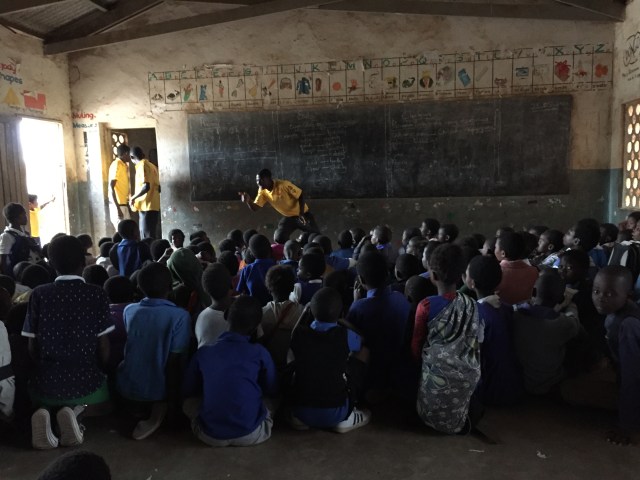
Go With the Flow
Each day is different, and the plan can change every minute. On one day we leave our static clinic to set up a spontaneous vaccination point in a nearby village, where we vaccinate for an extra hour. On another day we are sent door-door instead of working static. We work in areas of all kinds, and I am astounded by the bitter contrasts. A morning spent in a low income area, where the poverty is just shattering, can be followed by an afternoon in a wealthy district of huge guarded properties or a remote mountainous region.
So Much to Remember
It has been priceless to be part of this project and there are a lot of things that will stay with me forever.
Children. All over the place. Sitting on almost every piece of ground. Climbing on the windows, watching us all day long.
Poverty. Overwhelming poverty. A boy wearing only one shoe. Boys playing with self-made soccer balls. Toddlers playing with nothing else but a piece of garbage.
Followers. At some point there is always a child who will start walking along with us, and then more and more children joining them in the line that slowly but steadily transforms into a real parade. The more low-income the neighborhood we work in, the more likely we are to get followers.
The energy of the “go-go-go!” feeling every minute. Stealing moments to take a photo while walking under the most amazing clouds.
Dedication and the smiles of volunteers and the local staff supporting the programme with their hearts and souls. The sense of responsibility.
The feeling of fulfillment after filling more than 500 syringes on just one day. And the pile of empty vaccine vials — what an incredible number of the 1 ml doses that we injected!
Things that impressed me: The level of organization. The Mission Rabies staff that had every day planned to the last minute and every single inch of the city. Working tirelessly and putting their hearts and dedication into making their goal a reality. Numbers. The numbers are spectacular! Over 35,000 dogs vaccinated for rabies in 20 working days, 4,500 km walked in 12 days, over 91,000 children educated about rabies… a fantastic accomplishment. Well done.
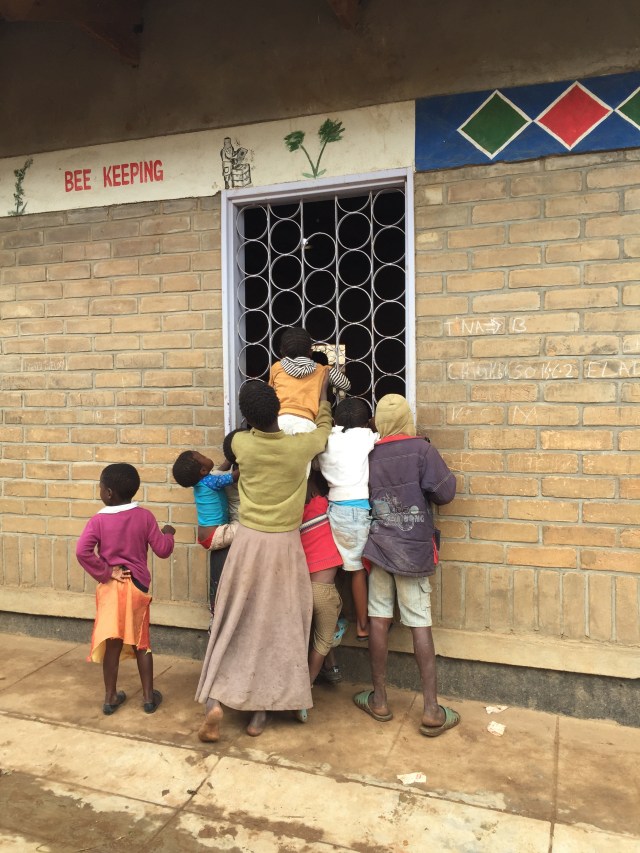
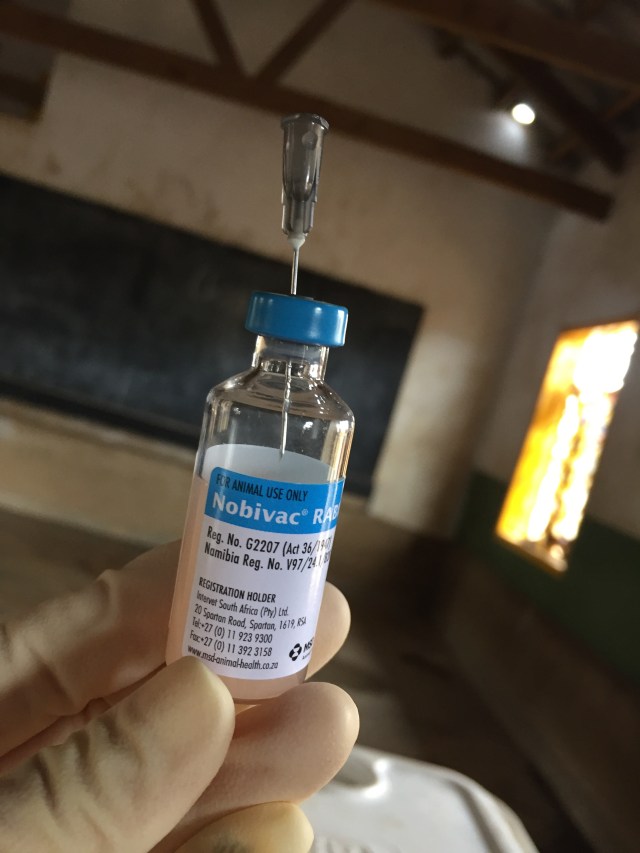
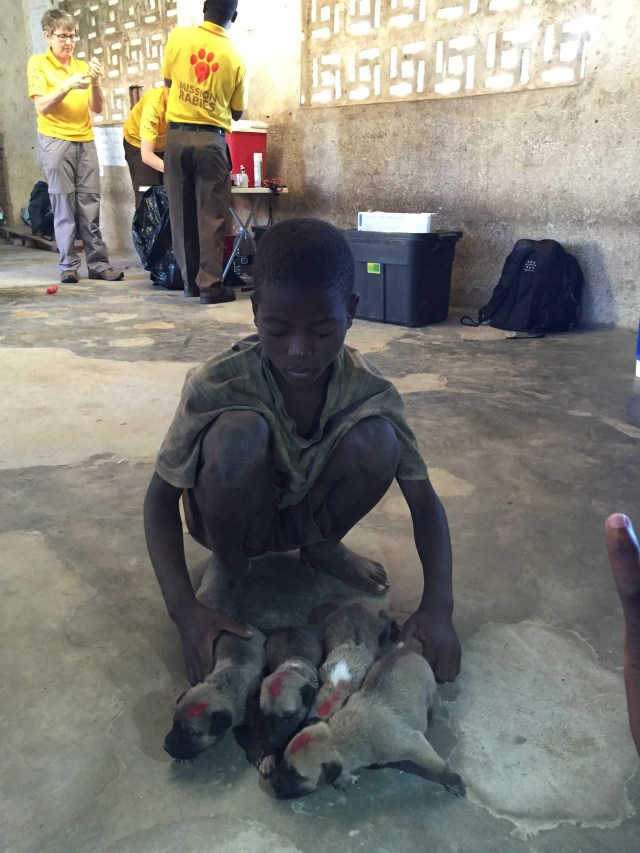
The Helping Hands
A clear goal, collaboration, dedication and planning have made the programme successful. The Mission Rabies team is doing a phenomenal job driving this huge project to bring the rabies vaccine where it is needed most. It is a gigantic operation and a complex process, but they have taken on the challenge by starting with months of preparations. They know they can reach their goal if they have a plan, good vaccine, the right backing and enough hands to work. They engage partners, local authorities and animal welfare organisations, creating a vital network that can be relied upon. They advertise in media and educate through schools, tackling the lack of awareness that lies at the root of poor rabies control.
Modern technology makes the results measurable by pushing forward the science behind the campaign. This makes the aim achievable, and empowers partners such as MSD Animal Health and the policy makers to support the project. The logistics behind it, attracting sponsors and volunteers, hiring local staff, arranging workspace and the vehicles for the daily drive… it is immense work to bring all of these aspects together.
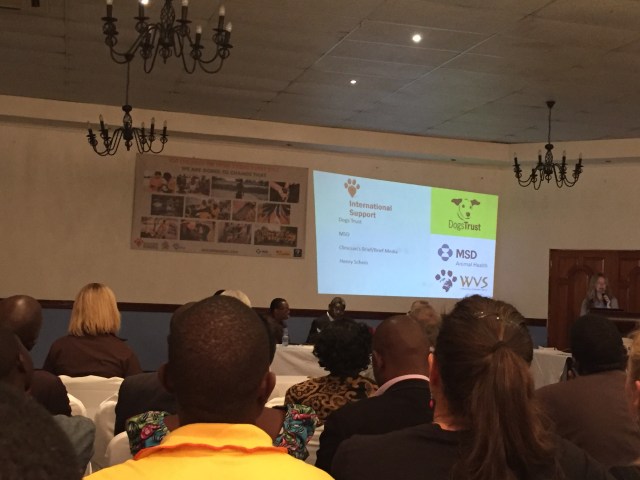
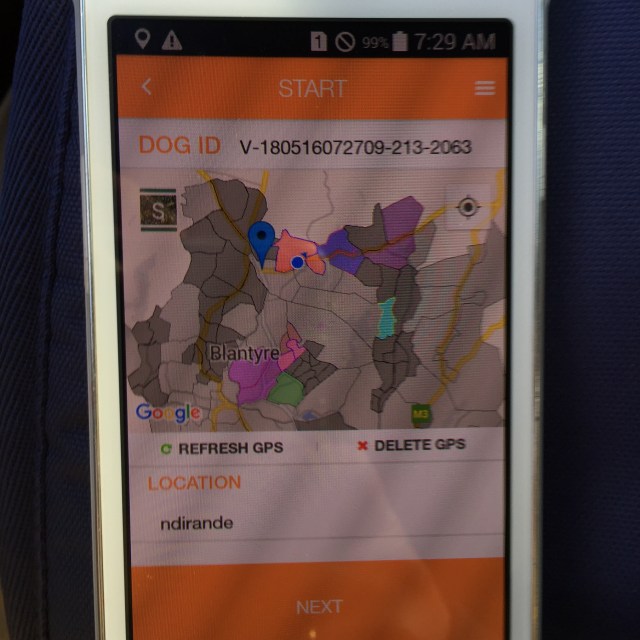
On the last day, the team presents the preliminary reports: after 4 weeks every single inch of the city is covered, and almost 80% of the dog population is vaccinated. We reflect on the hurdles and propose improvements, planning the way ahead. I am confident that this was the perfect destination for the thousands of vaccine vials that we donated. And so do the Malawian authorities, who attend the closing meeting: they too are impressed and willing to continue support.
By standing in the field and helping on every single step of the process, I had a unique chance to see how Mission Rabies works with our vaccine. This was an ideal way to gain a complete picture, understand the challenges and learn the ‘how’ behind this worldwide vaccination campaign.
The empty vaccine vial standing now on my desk is one of hundreds that I used with my own hands, and one of thousands that saved a life somewhere in Africa. It reminds me each day of the ‘why’ of this mission: we are making medicine accessible to everyone.
MARTA NOWAK
Marketing Lead, International Veterinary Health

